Many lenses claim the title universal or try to be a one-for-all kind of focal range but very few can actually be used for a majority of scenarios thrown your way. The new Tamron 35-150mm f/2-2.8 might just be one of those lenses. But does it pull its weight? And would you carry its weight?
We’ve Seen This Before
The Tamron 35-150mm f/2-2.8 Di III VXD lens is not a new lens. Sony E-mount users have been able to shoot with it since 2021 and many have grown to enjoy it thoroughly. And why wouldn’t they? The combination of the focal range along the aperture creates a perfect single lens for a portrait/documentary photographer. Starting at a reasonable “wider” angle 35mm f/2 all the way to a telephoto 150mm f/2.8, it is a single-body kind of lens ideal for a wedding photographer wanting to capture most of the day without having to swap lenses or carry multiple cameras. It does come at a cost, but more on that later.

Tamron 35-150mm f/2-2.8 Di III VXD extended to 150mm
The Build
As we’re already used to with the majority if not all currently offered Tamron lenses, the outer body of the lens is plastic, yet it does not feel cheap. It does not feel entirely premium either, though. It is a well-built piece of kit that will do its intended job well, but it won’t make you stare in awe at its design.
The two control rings are rubberized and offer a decent grip. The zoom ring is fairly tight and unless you’re throwing the camera around at ridiculous speeds it will not creep on its own. The focus ring on the other hand is easy to handle and smooth to turn, making manual focusing a breeze. The few switches and buttons consist of an AF/MF switch, a switch between your customized three modes, a zoom lock, an FN button in three separate locations depending on the rotation of the body, and a USB-C port for easy setup.
I’ve specifically called the three FN buttons on the body of the lens a single FN button as they all fit the same function depending on your custom button mapping, meaning they cannot be individually mapped to three different functions. This makes sense when you want to use the same button regardless of your camera body orientation, but having the option of three separate FN buttons at the same time could be useful to some, especially considering Nikon already allows for FN1 and FN2 buttons to be mapped within many of their bodies, depending on the lens.

The body of the lens is fully weather-sealed, allowing for uninterrupted use regardless of the conditions when paired with a rugged body such as the Nikon Z8, with which I tested the lens. Here is one of the first true negatives I’ve come across. The Z8 is not a huge camera by any means. It is not a small one either, though. And the Tamron 35-150 is still the heavier one of the two. The difference is even more stark when paired with the smaller Z7 II or Z6 II bodies.
Simply put, the lens is heavy. It weighs a solid 2.6 pounds (1,165 grams), which is quite a bit. It’s manageable at the start of the day, but at the end of it, you may regret ever picking it up, especially if you’re like me and you're not using a camera strap. I get it, though, you simply can’t cheat the physics. If we want a single lens capable of such focal lengths at such apertures, the glass inside has to be fairly chunky. It is definitely something to keep in mind when deciding whether to get the lens or not.

The Aperture Is Truly Impressive
As mentioned before, the lens starts at f/2 at the wide end of 35 millimeters. This rivals many primes. At the long end of 150 millimeters, we get a still very usable aperture of f/2.8. The drop-down to the darker value is not a steep one but a gradual one. The aperture slowly gets darker as you zoom until it reaches f/2.8 at the 135mm mark. This gives us plenty of room to work in tougher lighting conditions and play with the depth of field in creative ways as well as allowing for either faster shutter speeds or lower ISO values.
The diaphragm is built out of nine rounded blades for pleasing bokeh when used wide open. The out-of-focus areas are rendered smoothly and do not distract from the rest of the image. It all just kind of feels natural and well-designed.
Can’t Hear the Voices
The focus group is being moved around by Tamron’s VXD or “Voice-coil eXtreme-torque Drive,” which is their name for an ultrasonic drive. Focusing itself is pretty fast and snappy during most uses, however still not at the level of newer native lenses like the seriously impressive 180-600mm lens from Nikon. The focus motor is silent, and you’d be hard-pressed to even notice it unless you’d shoot in a seriously quiet environment.
The autofocus performance of the Z8 is known to be absolutely brilliant, and the lens was able to keep up with whichever subject the camera was currently tracking with minimal errors if any. It is truly a powerful combination in this regard, but not in all aspects.
A 100% crop showcasing sharp detail and minimal chromatic aberrations
What About the Image Quality?
This might be one of the other weaknesses in the new lens. It is not a major one, but it is noticeable next to native Nikon S glass. Don’t get me wrong, the lens renders images sharp and vivid when stopped down to reasonable levels. But shooting wide open might be disappointing to some owners of whichever 45.7-megapixel sensors Nikon currently offers. However, I’d say that would only apply to chronic pixel peepers and 400% zoomers. For the majority of users, it will record sharp files with minimal aberrations. And once you stop down to a smaller value around f/5.6 or f/8 the images are tack-sharp with no aberrations in sight.
Out-of-focus areas do not fringe much if at all, color is not popping up in places it shouldn’t, and LOCA is nearly impossible to spot.
Even wide open at f/2, it handles detail pretty well at 45.7 megapixels
What I Liked
- Focal range
- Aperture values
- Autofocus speeds
- Weather-sealing
- Smooth focus ring operation
- Tight zoom ring operation
- Decent sharpness and contrast
- Minimal LOCA and color fringing
- Physical switches
- Close focusing distances
What I disliked
- Plastic build
- Over 1.1 kg of weight
Is It Worth It?
The Tamron 35-150mm f/2-2.8 Di III VXD is overall a well-designed bundle of glass, offering unique focal lengths combined with impressive apertures at the cost of mobility and weight. The image quality is sufficient enough to keep the 45.7-megapixel sensors of Z8, Z9, or Z7 II well stocked with enough detail and contrast.
It's a perfect fit for a versatile wedding shooter or a documentary photographer wanting to only carry a single lens/body combo with minimal compromise.





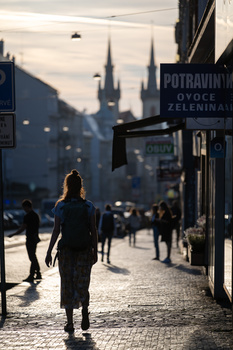
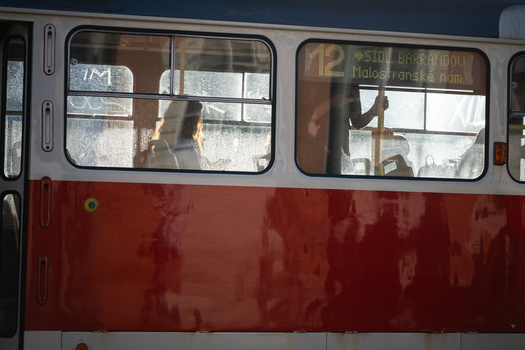

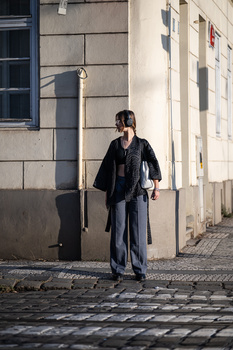
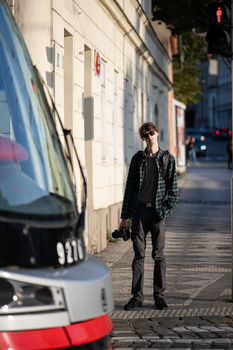





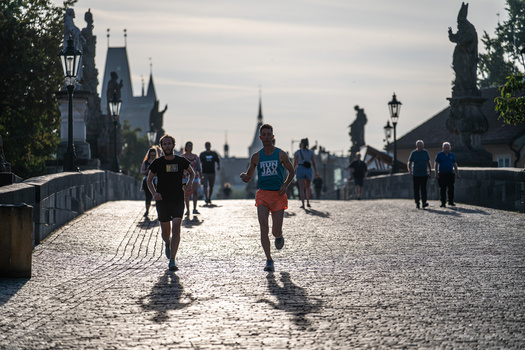


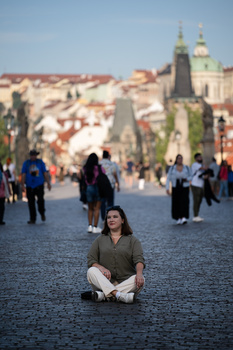
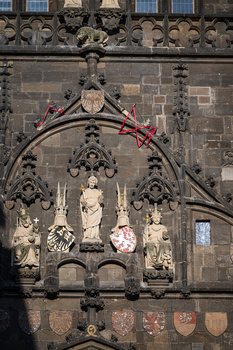
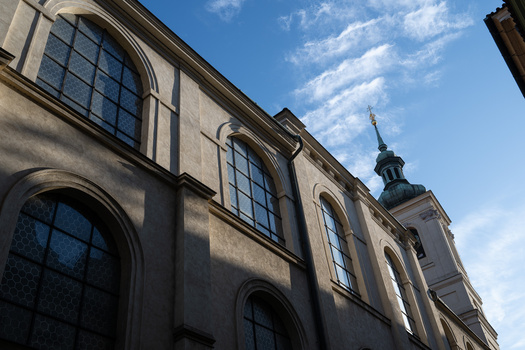
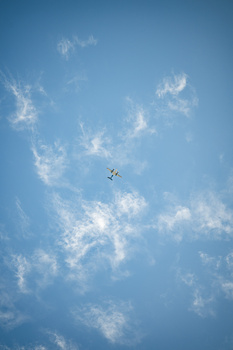
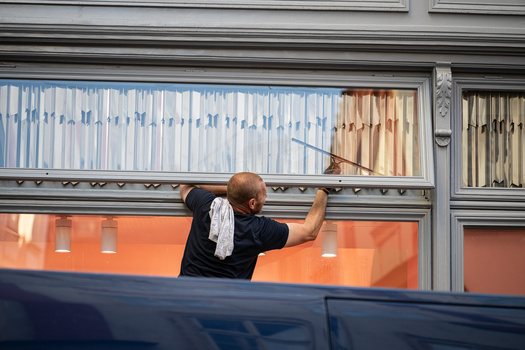



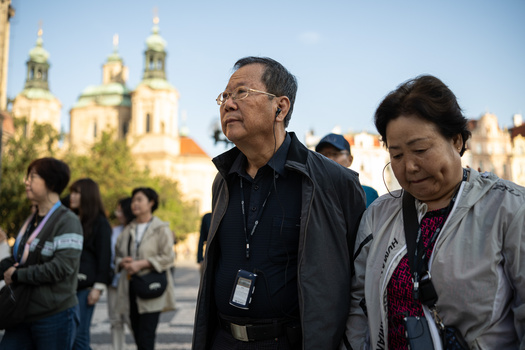
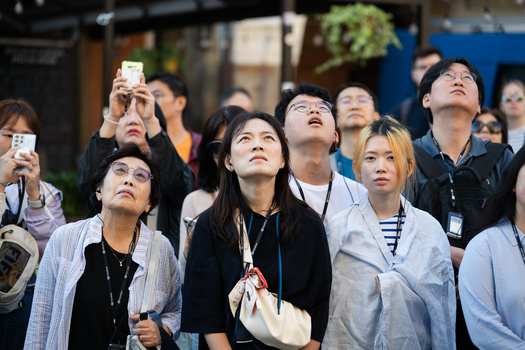


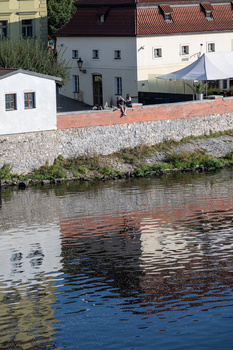


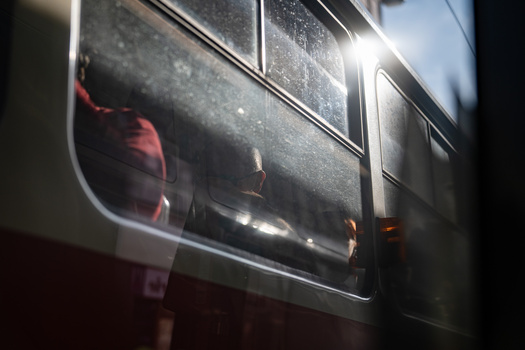




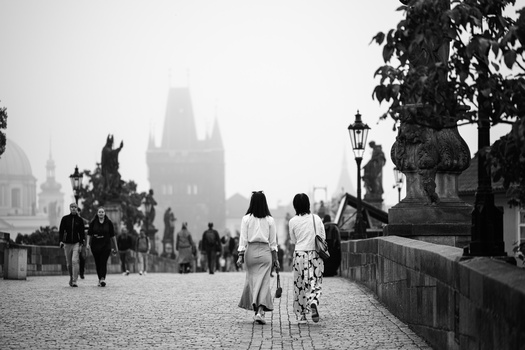
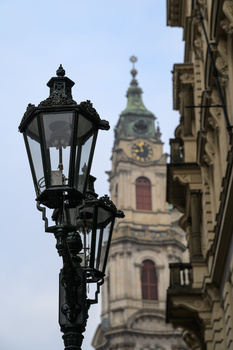
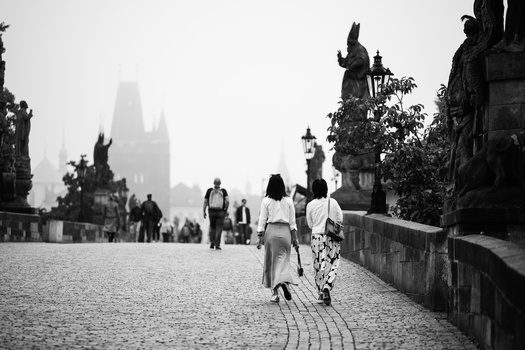


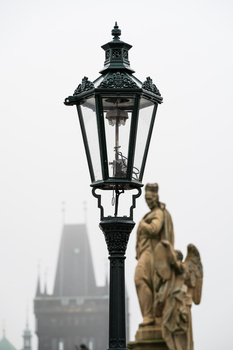
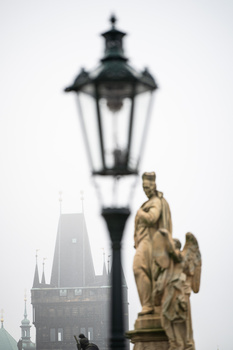
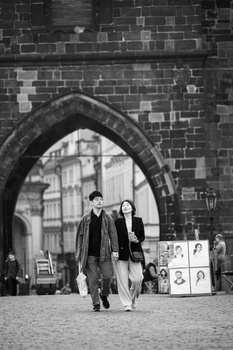






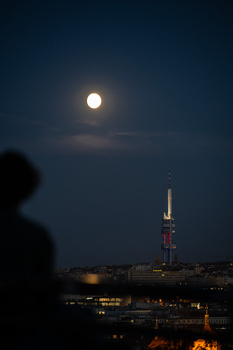

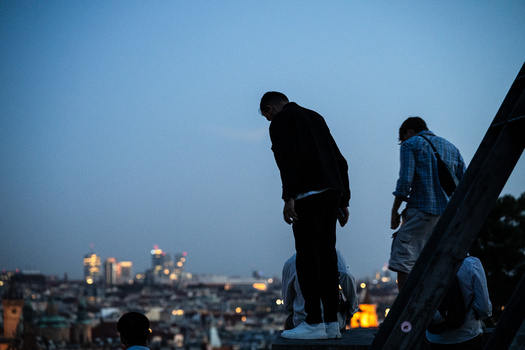







I don't understand the hand-wringing over the weight of this lens. Yes, it's a handful. But, wedding shooters have been carrying a 70-200/2.8 on one of their two cameras since forever.
I started using a Samyang 35-150/2.0-2.8 a couple of weeks ago for event work. It's a great lens, but it's not the be-all and end-all. Very handy in well-lit indoor settings, but sometimes it's not bright enough. I always pack at least a 35/1.4 and 85/1.4, and a 135/1.8 if I expect to make long shots in the dark, along with my 24/1.8. It all adds up. Fortunately, my core kit bag is a roller.
Update: I just shot a wedding with my 35-150. Ten straight hours. With a battery grip on my a7IV, too. Hanging from an Op/Tech USA Double Sling, with an a7RV and heavy primes (35/1.4, 85/1.4, 135/1.8) on the other side. No sense that any of this was "too heavy". And no, I'm not a body builder. Average height and weight, average fitness, 59 years old, and a former MFT shooter used to working with a really lightweight kit.
--- "I don't understand the hand-wringing over the weight of this lens. Yes, it's a handful. But, wedding shooters have been carrying a 70-200/2.8 on one of their two cameras since forever."
Not everyone is a wedding shooter.
I have that Samyang lens, Let's not kid ourselves, it's heavy at 2.91 lbs. Especially, for a while now, I've been using their 75 f1.8 (.5 lbs) and 45 f1.8 (.3 lbs). Going from <=.5 lbs to 2.91 lbs can be a shocker. With that said, for my use, I do love it. One body one lens one trigger.
It's definitely a beast, but it's first and foremost an event shooter's lens, and event shooters have been lugging similarly large and heavy bright zoom lenses for decades.
Not everyone is a wedding shooter, but plenty of folks have 24-70/2.8 and 70-200/2.8 zooms, and this is not much different from that.
yup, I used to shoot Canon dual bodies with: RF 28-70 F2 (50.5oz / 1.430Kg) + 135 or 85 prime... I now shoot Nikon with the 35-150mm 90% single body and it is definitely lighter, second body as backup or for the 10% left (24 1.4 or 50 1.2 for very low light situations)
the image quality is not as good as the RF 28-70 F2, but perfectly fine and good, way better and sharper than Tamron for DSLR back then...
I'm also using it to shoot my kid at the ice hockey rink, from the bench at 35mm to the ice at 150mm in less than a second
Interesting, how come that you ditched Canon for Nikon? :)
I shot Canon for years, since 5D mark1, mainly dual bodies with prime lens. I moved to mirrorless with the R6 mark 1 + R5 with adapted EF lenses. The RF 28-70 was my dream lens, but really big and heavy, and at the end still using a second body with a prime 85.
I knew that the 35-150 would provide me more versatility than the 28-70, but didn't want to go to Sony.
The feeling of the R5 & R6 was also like a toy, compare to the previous DSLR... Always scared to damage the body, after 2 years the external material felt used.
RF mount not opened, price of RF lenses etc...
Knowing that the 35-150 was now available to nikon Z system, and the Z8 & ZF had better autofocus than Z6ii/Z7ii, I finally sold all my Canon gear.
Z8 + 35-150 is for 90% of my paid job, and using the ZF with 50 1.2S the other 10% (and adapted 24 1.4 that I would probably replace with the 24 1.8).
Why the ZF as a second body? because for non paid event I really enjoy using the ZF for travel, daily, street photo with cheap 3rd party AF or MF lenses (Viltrox 20 2.8, pergear 35 1.4, 50 2.0 etc)...
I know the grass is not always greener, but that Tamron was the main reason
I just got my hand on this lens and will be doing a video review soon. Great review! and yes, it was a little bigger/heavier than I was expecting.
Thanks, Lee! It is not light by any means, but considering this could replace a 24-70/2.8 and a 70-200/2.8 in many kits, it could actually save some grams in the end.
I actually thought that the weight of this lens is a big plus.
Even 70-200 2.8 alone is heavier and when we add to it 24-70 the difference is nearly doubled. And let's not forget that we get a faster lens than those two. These are the main reasons I am buying Tamron instead.
Also, I don't think that this Tamron offers just decent sharpness. As we said, it's a wedding etc lens, and we generally don't even need 100% size images, let alone 400%.
Ok, today I finally had a chance to play around with my new Tamron 35-150 Z mount. I have to admit it is heavier and bulkier than anticipated. But I still wouldn't consider it a con. This is a very fast zoom so it's all about the physics and if we want a lighter lens we can go for a different one, including mount 35-150 f/2.8-4 (F mount). Complaining at the weight is like buying a Ferrari and saying than one of the cons is that it consumes more fuel than Corolla.
And I have to confirm that the sharpness is amazing. If I can easily spot specs of dust on my subject's face, I honestly don't need anything sharper than that.
I am really happy how this lens lets you isolate the subject. Definitely better than 24-70 2.8.
Together with my Nikkor 14-30mm this will be my new all round combo.